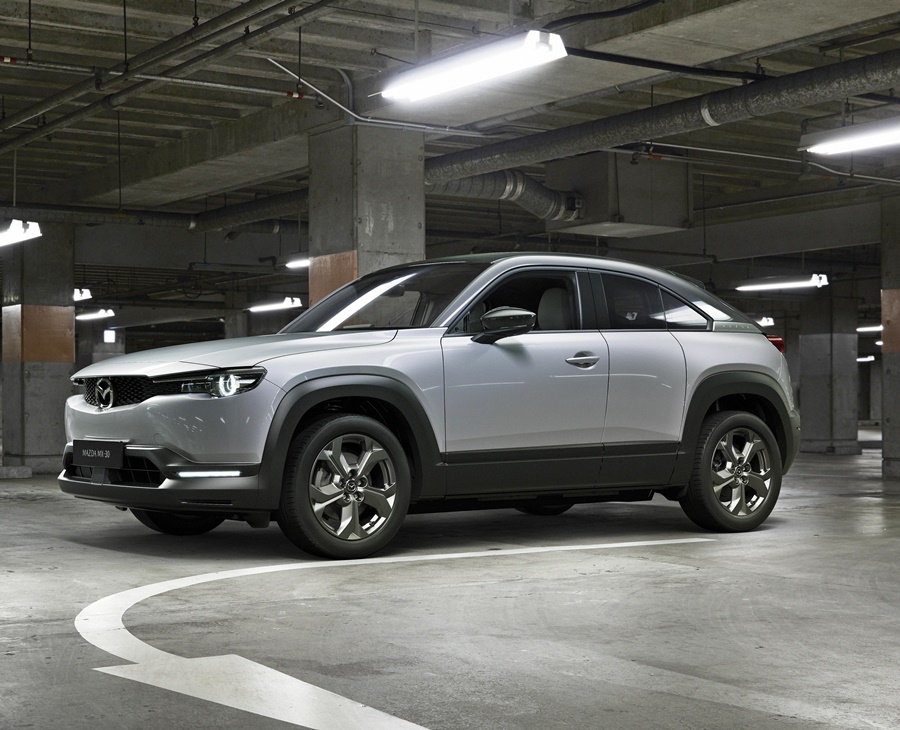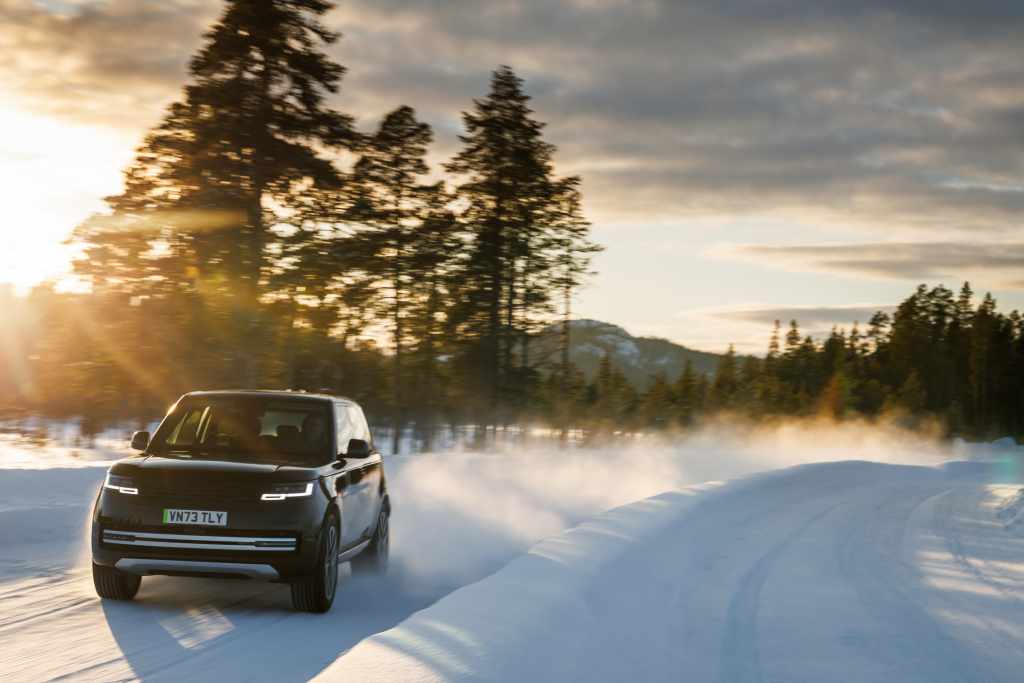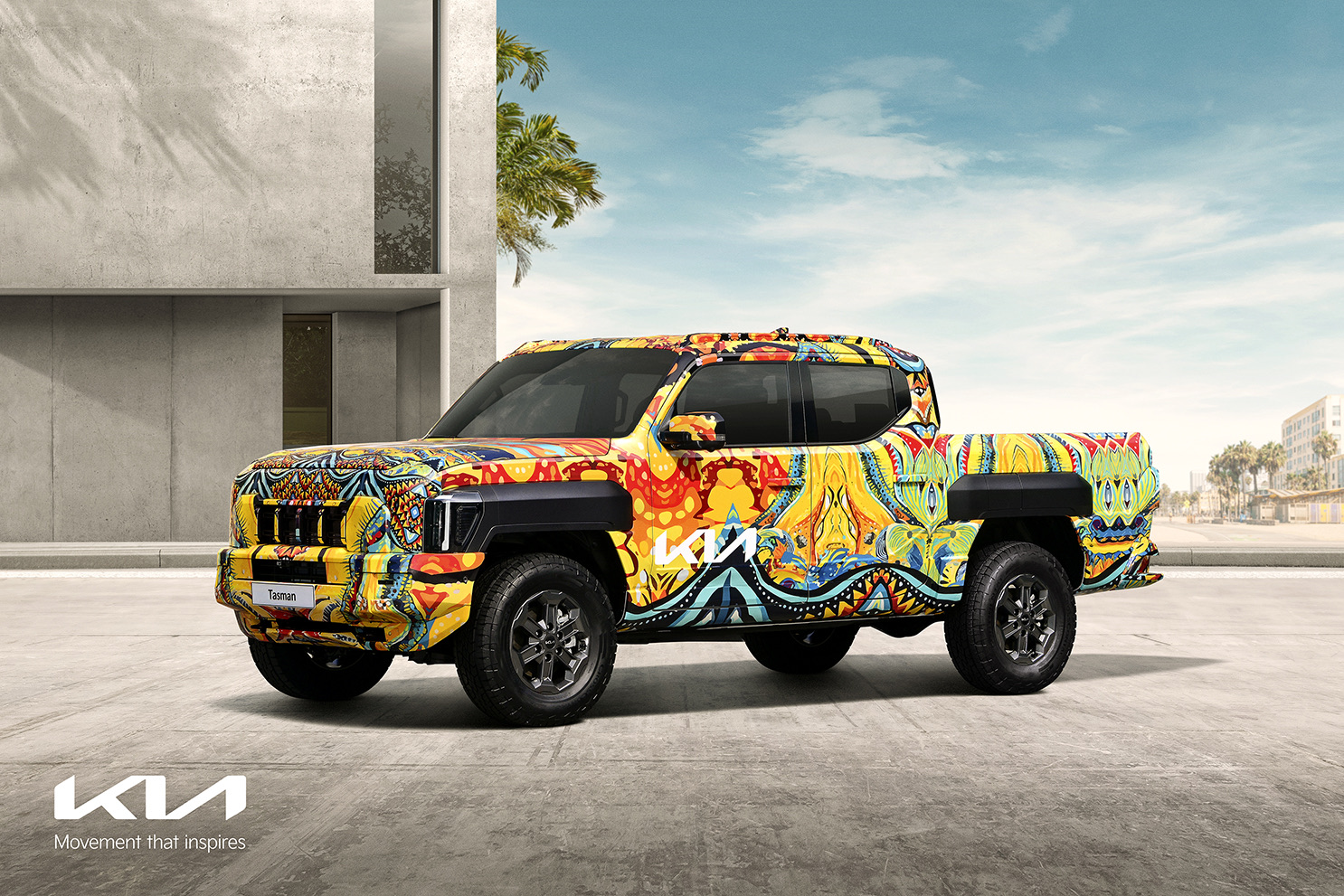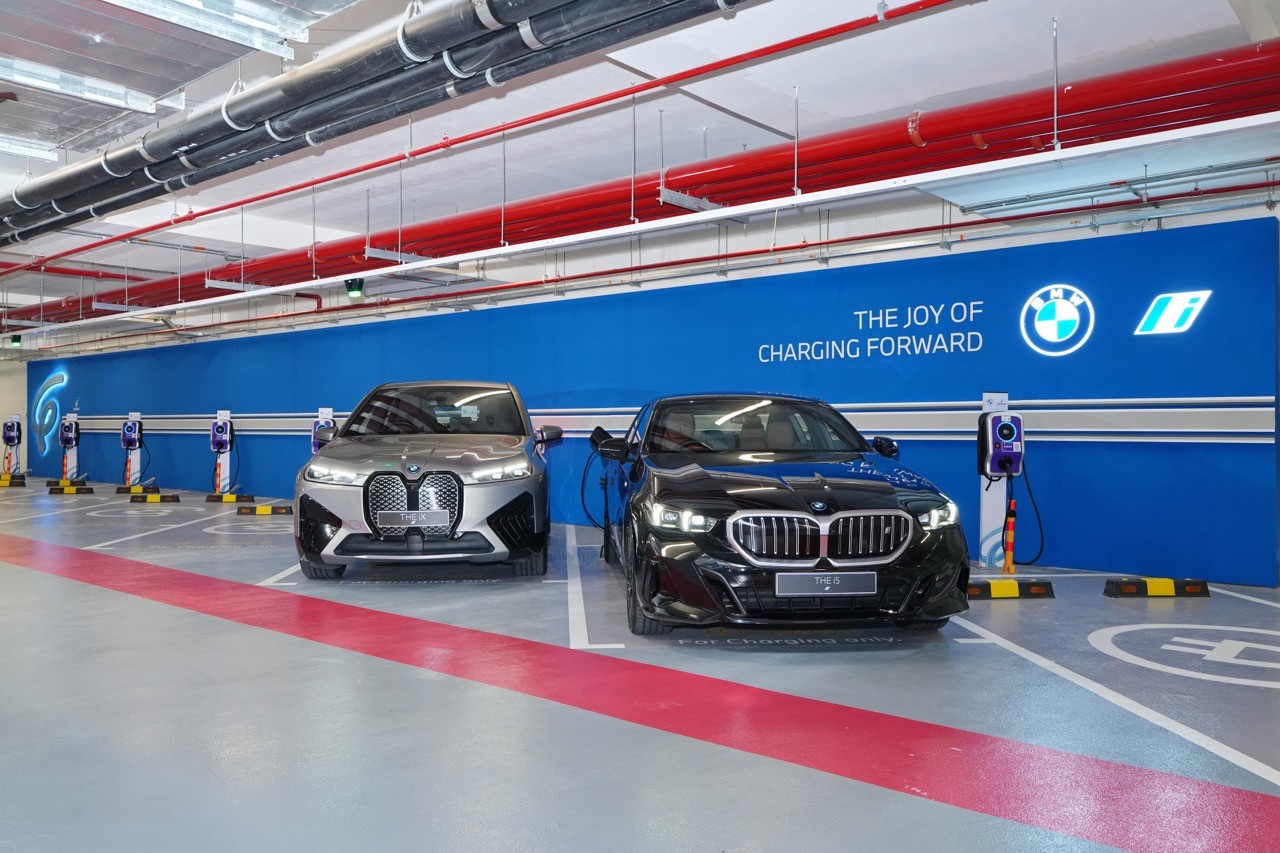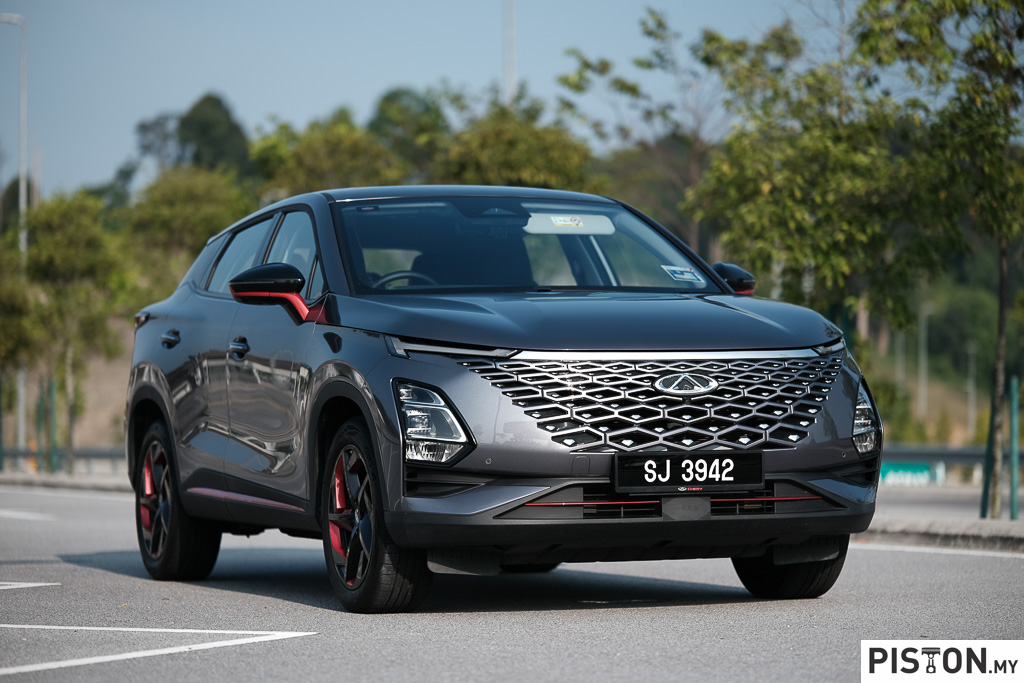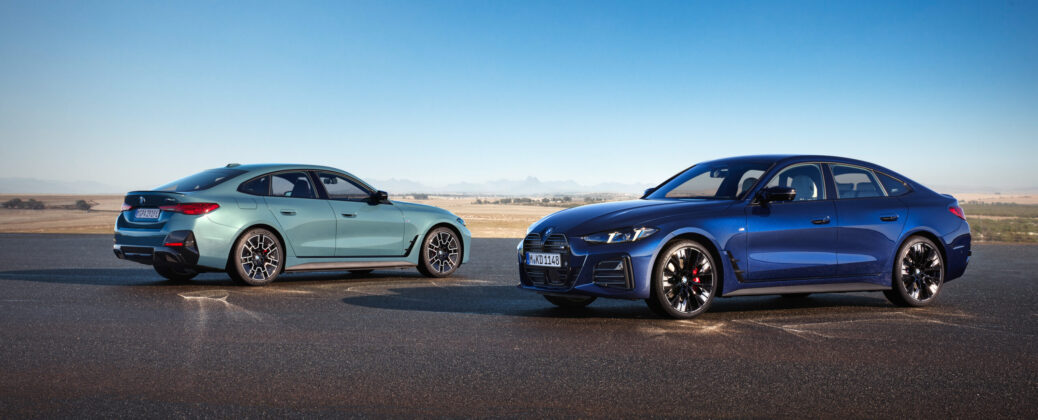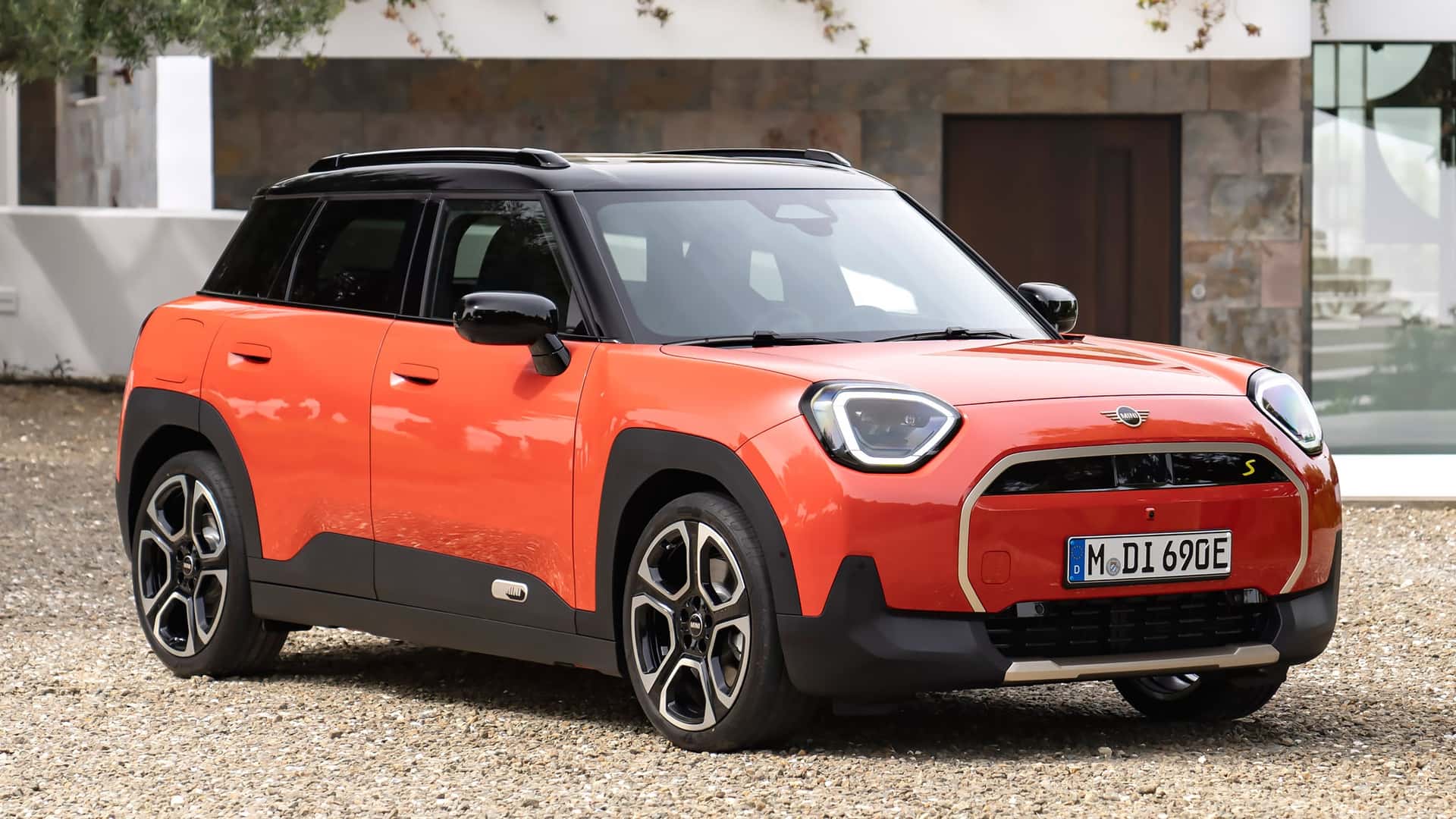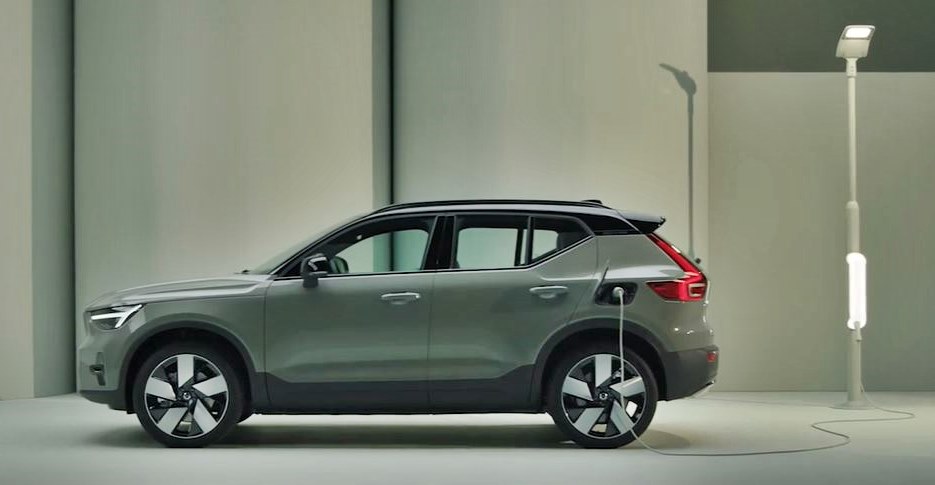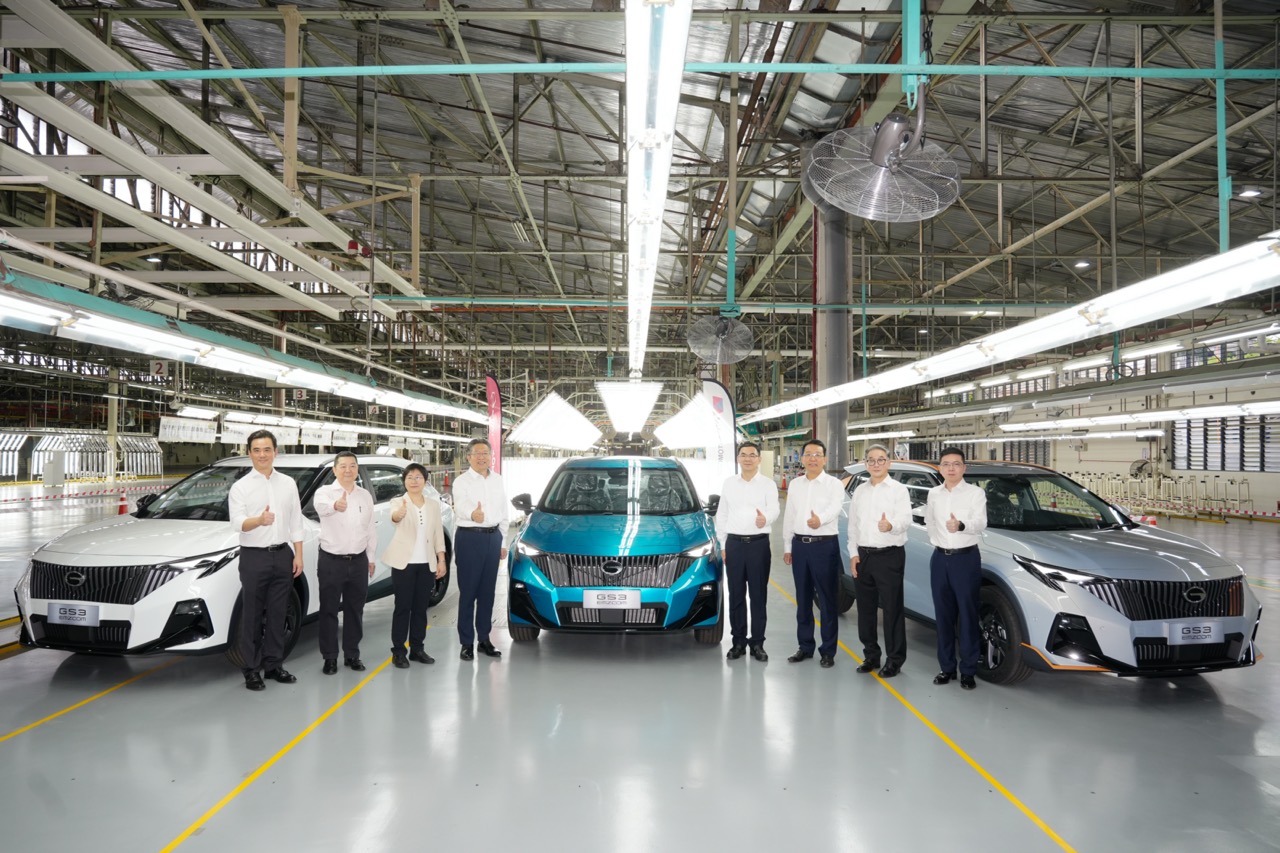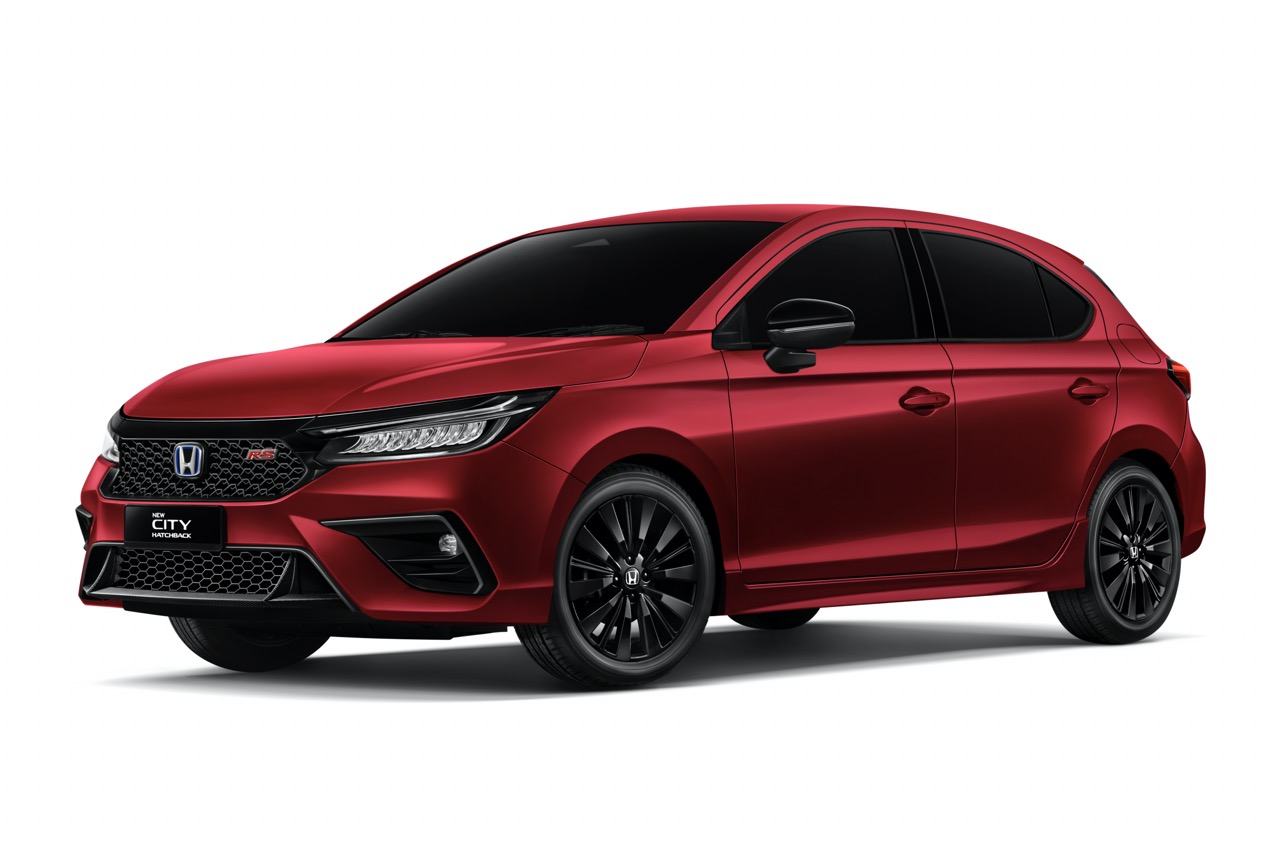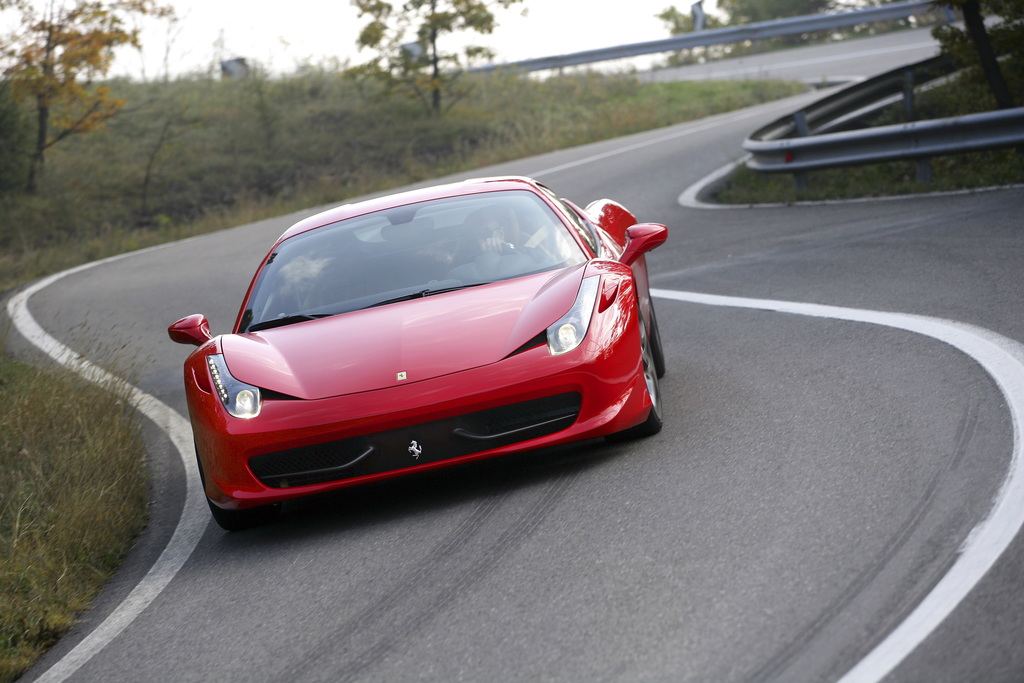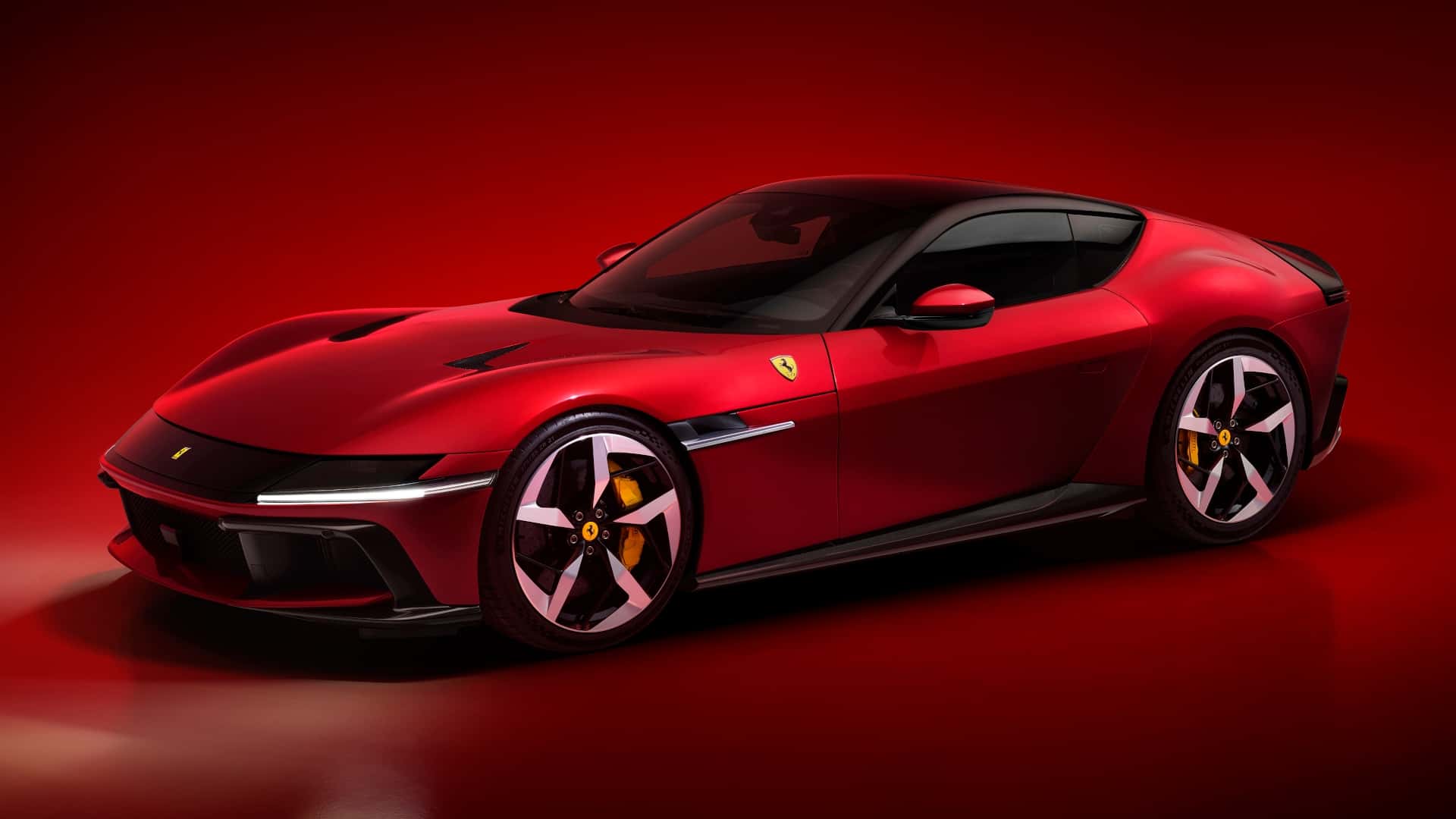In 1967, Mazda became the first carmaker to mass-produce rotary engines. These lightweight yet powerful engines aided the firm, which was producing 300,000 automobiles per year at the time, in gaining admirers all over the world.
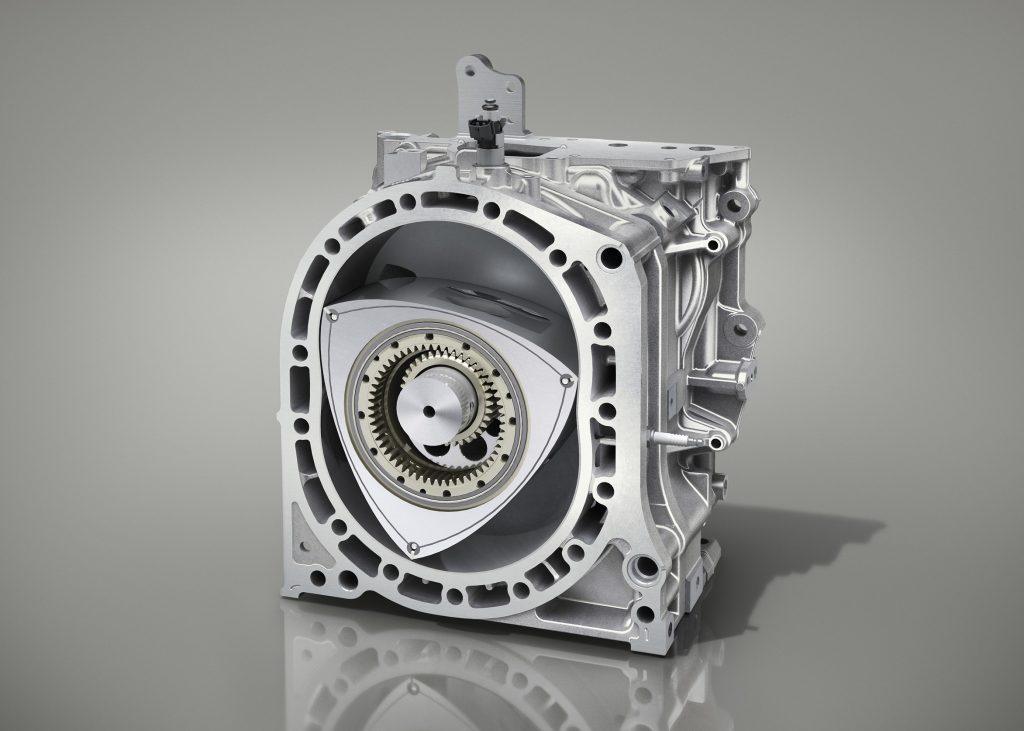
The Mazda RX-8 was the last model that featured a 13B rotary engine, and manufacturing ended in 2012. However, for the first time in 11 years, the legendary rotary engine has found fresh life as a generator for a new plug-in hybrid car.
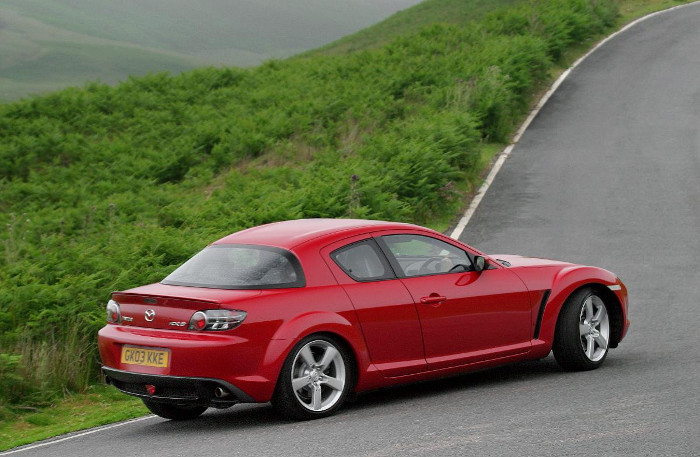
In 2012, the production of rotary-powered automobiles was halted due to stricter pollution regulations in Europe. However, the engines, which are now 25% more fuel efficient, returned to Mazda’s Hiroshima production line last month in the plug-in version of the MX-30 small sport utility vehicle.
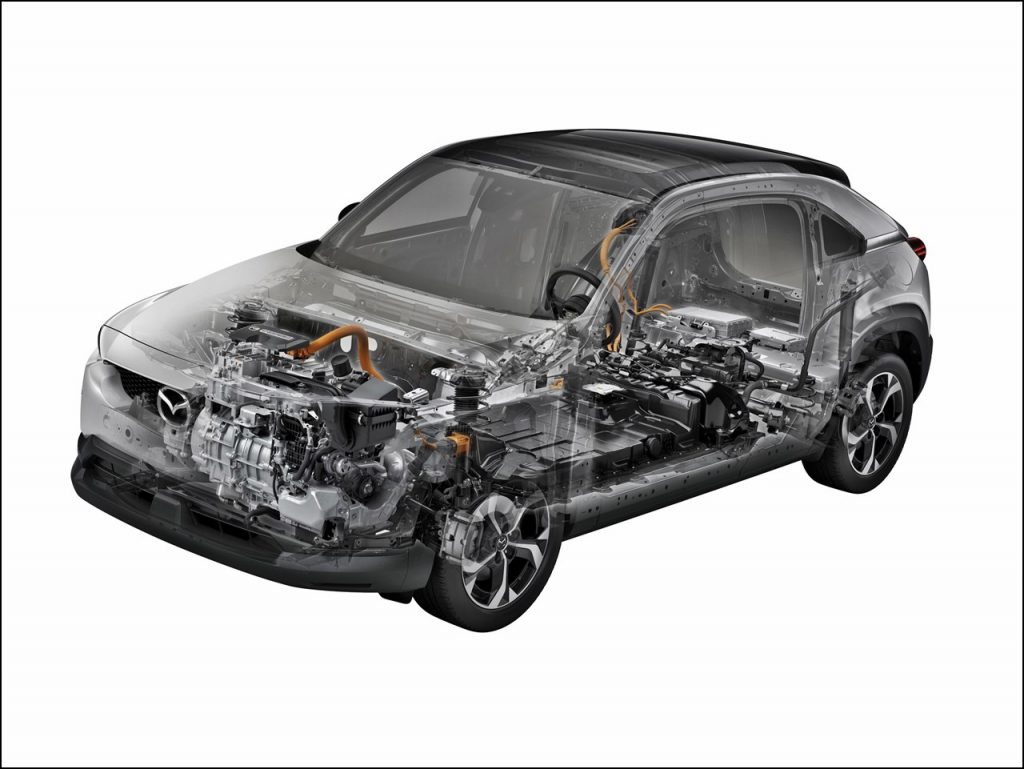
The new model has an 85km battery driving range that can be increased to nearly 600km by employing the rotary engine to create extra power. When the idea was initially presented in Europe in January, fans reacted positively, hoping that Mazda will explore new applications for the engines.
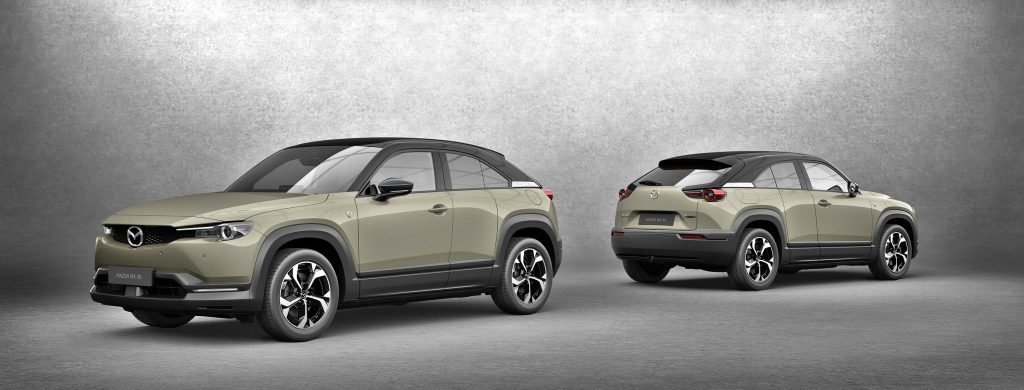
Prices in the U.K. began at about 31,200 pounds (RM182,295), which is about equivalent to the electric MX-30 that was released in 2020. European orders began in January. In the future, Japan will also have access to the plug-in version. However, the electric MX-30 has been discontinued in the USA due to low sales numbers but is still offered here in Malaysia with two variants available.
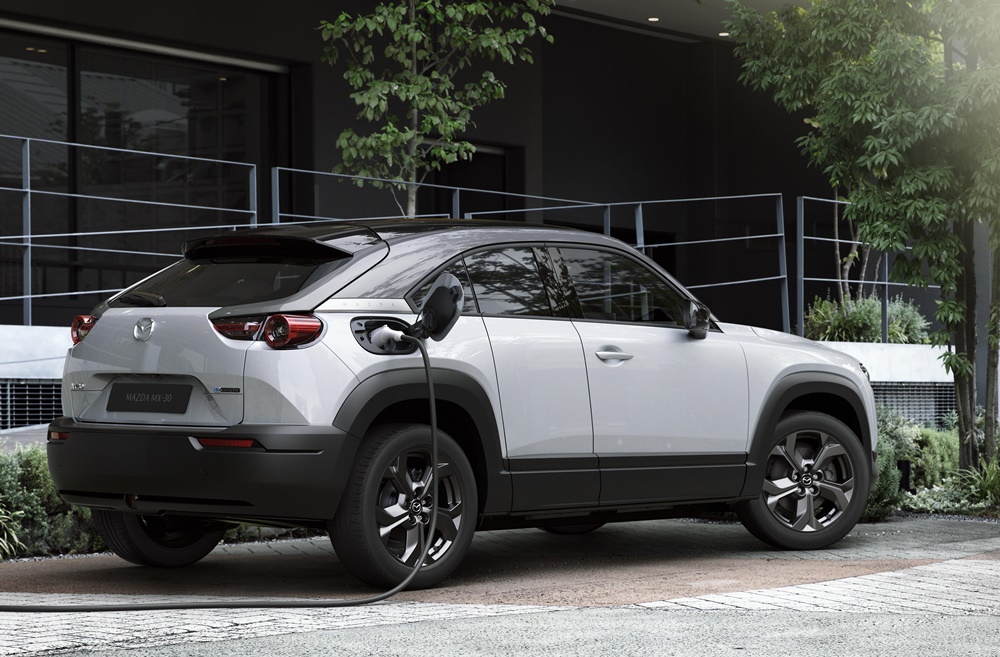
In contrast to the more common piston engines, rotary engines have a smaller and simpler construction since they operate by rotating a triangular rotor. A smaller engine makes room for a larger motor because plug-ins need a battery, motor, and generator. A motor that is over 20% more powerful than its electric version is included with the MX-30 plug-in.
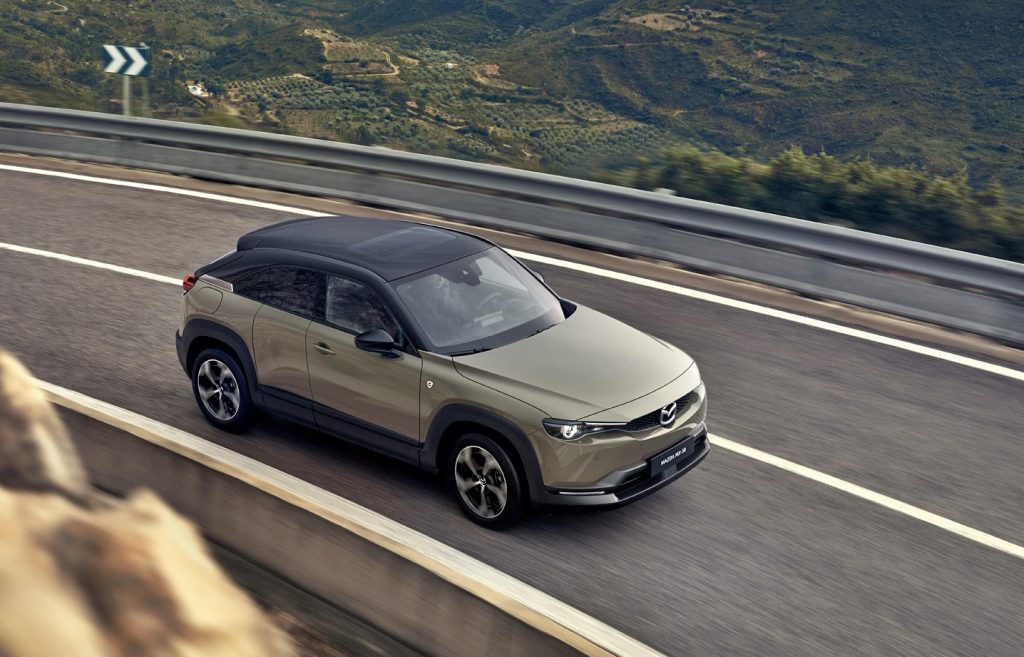
Low rotations per minute reduce the fuel efficiency of rotary engines. However, Mazda can use them as generators when the conditions are right, maximising their fuel efficiency.
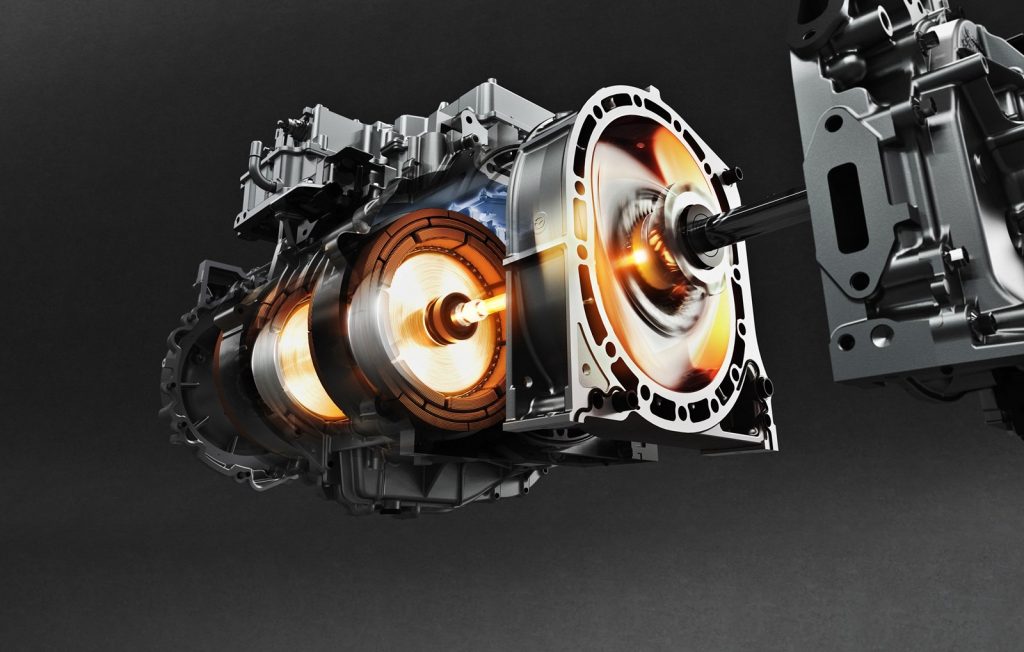
According to Mazda, rotary engines might structurally function well with hydrogen. In contrast to conventional engines, rotary engines have distinct chambers for the combustion and intake of fuel. They are therefore a safe choice for working with hydrogen, which can actually catch fire at high temperatures.
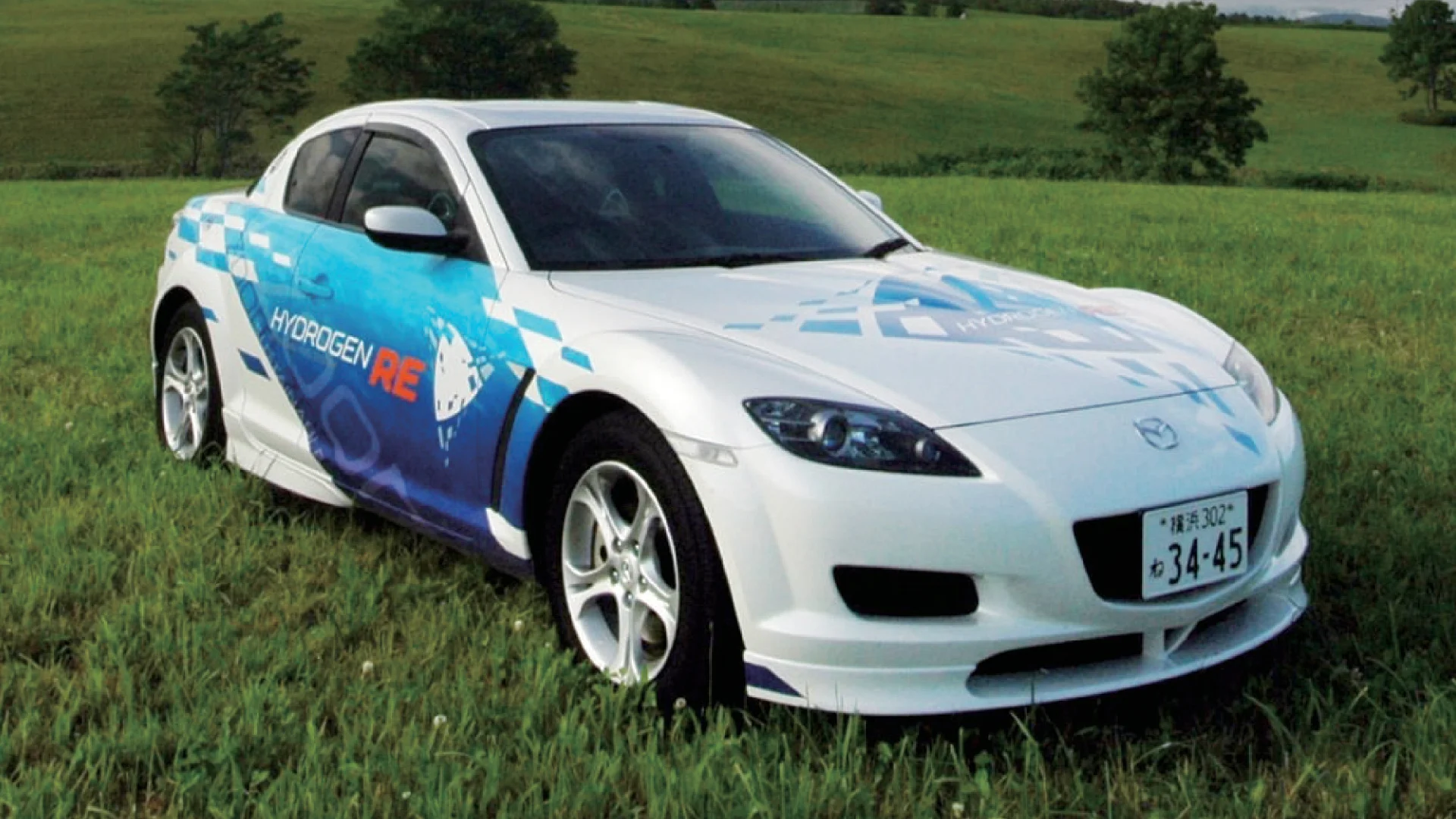
Mazda was the first manufacturer to employ rotary engines to commercialise a hydrogen-powered car, and it began leasing them in 2006. The dual-fuel system of the RX-8 Hydrogen RE, which has a rotary engine, enabled the driver to choose between hydrogen and petrol with the flip of a switch.
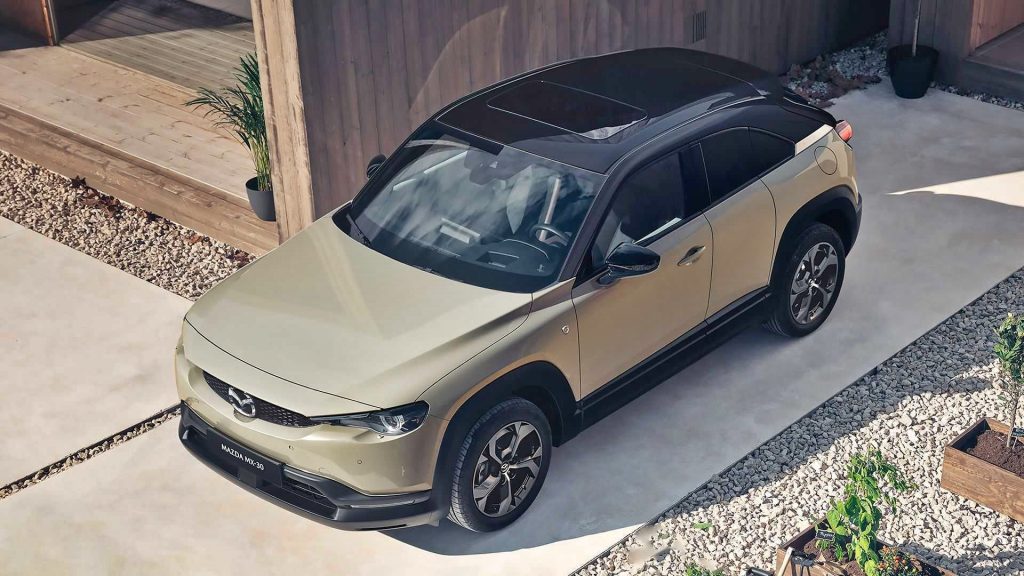
EVs can employ the same technology as is used in plug-in cars. In addition to expanding its battery-electric car selection in 2028, Mazda hopes that by 2030, EV sales will make up 25% to 40% of all sales worldwide.


